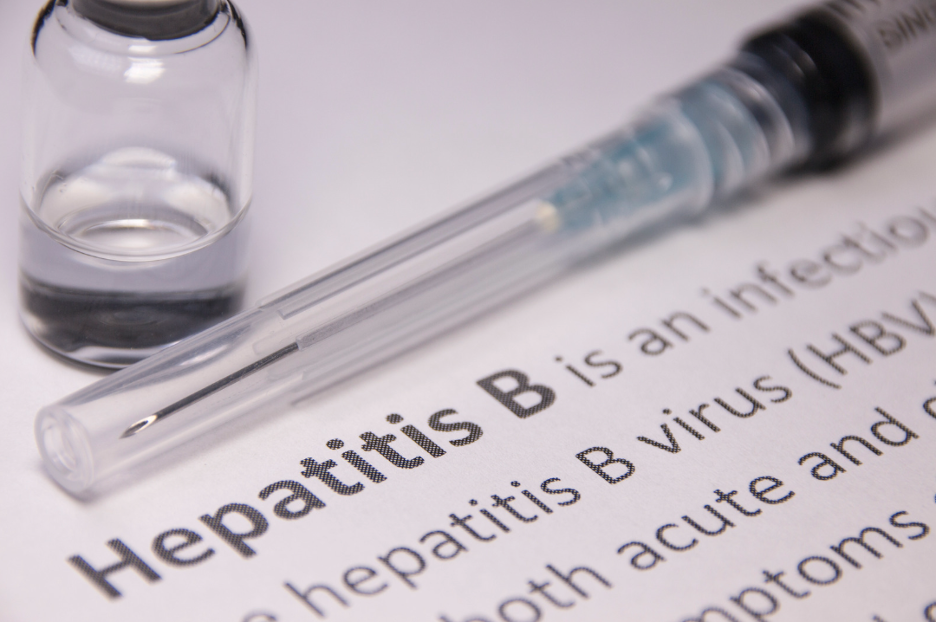Yes, the proper sterilization of medical devices, surgical instruments, supplies and equipment utilized in patient care and surgery is a critical aspect of health care that directly impacts patient safety. Hospitals and Ambulatory Centers are required to be in compliance with the Federal requirements outlined in the Medicare Conditions of Participation to receive Medicare/Medicaid payment. The federal guidelines for infection control and sterilization include the requirement that weekly spore tests should be performed and the results filed.
Knowing and understanding the principles and various sterilization methods, in addition to consistent monitoring, helps to ensure effective sterilization, patient safety, and cost-effectiveness. These same standards should apply regardless whether the patient care is being provided, in an acute care hospital, ambulatory surgical center, outpatient facility, dental or physician’s office.
Non-compliance of sterilization
What is deeply concerning is the astounding rates of sterilization non-compliance. Healthcare Associated Infections are among the leading causes of preventable deaths and the most common complication of hospital care in the United States. It has been reported, that 1 in 25 hospital patients has at least one healthcare-associated infection.
According to Joint Commission, (a non-profit organization that accredits and certifies healthcare organizations nationwide), in 2013 the non-compliance of hospitals, ambulatory and office-based surgery facilities to reduce the risk of infections associated with medical equipment, devices, and supplies was one of the top five non-compliant requirements.
Sterilization non-compliant rates in 2013
- Hospitals (46 percent)
- Critical access hospitals (47 percent)
- Ambulatory care (38 percent)
- Office-based surgery (29 percent)
Prevention of Healthcare Associated Infections
Studies have shown that with the proper education and training, health care workers increased compliance and adoption of best practices to prevent Heath Acquired Infections. The financial benefit of using these prevention practices is estimated to be $25.0 billion to $31.5 billion in medical cost savings, but most importantly would be the reduction of preventable deaths and healthcare-related infections. For more information regarding proper sterilization guidelines visit:http://www.cdc.gov/hicpac/pdf/guidelines/Disinfection_Nov_2008.pdf
What is being done now to increase compliance of sterilization and reduce Healthcare Associated Infections?
In recognition of Healthcare Associated Infections as an important issue of patient health and safety, the US Department of Health and Human Services has coordinated prevention efforts across the federal government and devised a plan and roadmap called “The National Action Plan to Prevent Healthcare Associated Infections”. This roadmap to elimination contains strategies on preventing HAIs in non-acute care hospital settings and supports further research on how to identify and control HAIs in these settings and apply evidence-based approaches for reducing HAIs. The knowledge gained from these research and demonstration projects is expected to lead to additional national objectives for HAIs. For more information visit: http://health.gov/hcq/prevent-hai-action-plan.asp
Recommendations from the ADA, OSAP and CDC:
ADA “[Chemical] indicators should be used with each load. Biological monitors should be used routinely to verify the adequacy of sterilization cycles. Weekly verification should be adequate for most dental practices.”
— American Dental Association. Infection control recommendations for the dental office and the dental laboratory (May 1996)
OSAP “The use and functioning of heat sterilizers should be biologically monitored at least weekly, or more often if the practice demands it, with appropriate spore tests. Place the spore strips or vials inside a pouch, bag, pack or cassette, and include this package as part of the normal load through a normal sterilizer cycle. Always use a control spore strip or vial (not heat processed but otherwise treated identically to the test strips or vials) with each spore test performed. Additionally, chemical indicators should be used on the inside of
each package during every sterilizer load. Accurate records of sterilization monitoring must be maintained. A chemical indicator from inside each pack may be initialed and dated for each day of patient care and kept in a file. The weekly spore test for each heat sterilization unit may be kept in the same file. Biologically monitor whenever there is a change in packaging, following equipment repair; retest after failure and when training new employees.”
— (OSAP) Organization for Safety, Asepsis and Prevention- Infection control
in dentistry guidelines (September 1997)
CDC “Proper functioning of sterilization cycles should be verified by the periodic use (at least weekly) of biologic indicators(i.e., spore tests). Heat-sensitive chemical indicators (e.g., those that change colorafter exposure to heat) alone do not ensure adequacy of a sterilization cycle but may be used on the outside of each pack to identify packs that have been processed through the heating cycle. A simple and inexpensive method to confirm heat penetration to all instruments during each cycle is the use of a chemical indicator inside and in the center of either a load of unwrapped instruments or in each multiple instrument pack; this procedure is recommended for use in all dental practices.
— Centers for Disease Control and
Prevention. Recommended infectioncontrol
practices in dentistry, 1993
(May 1993)




